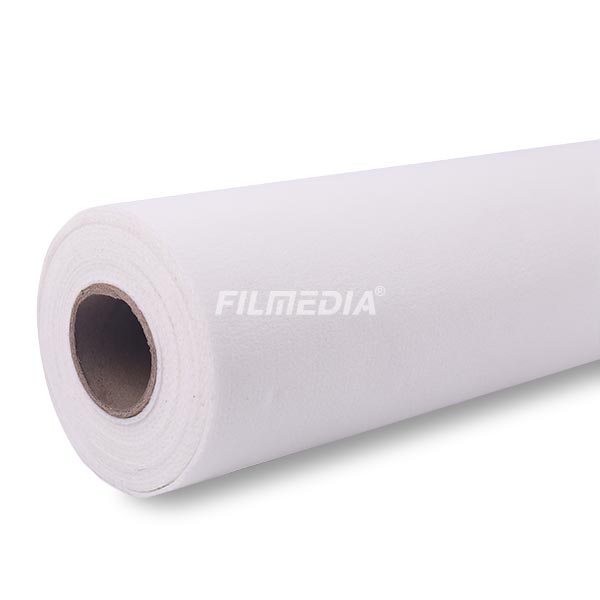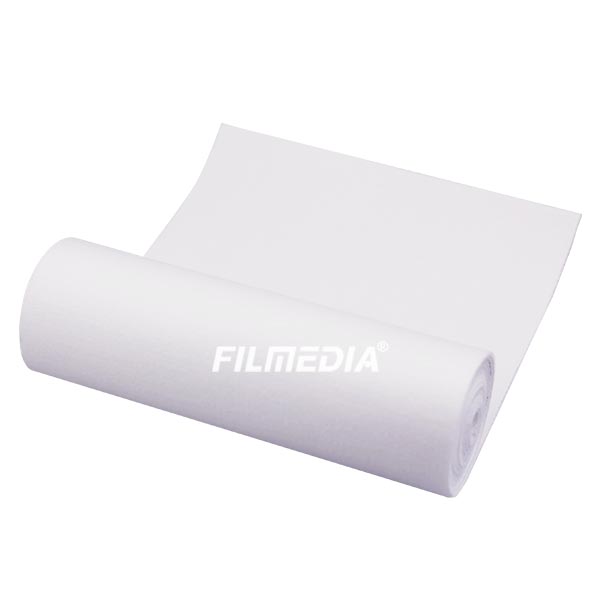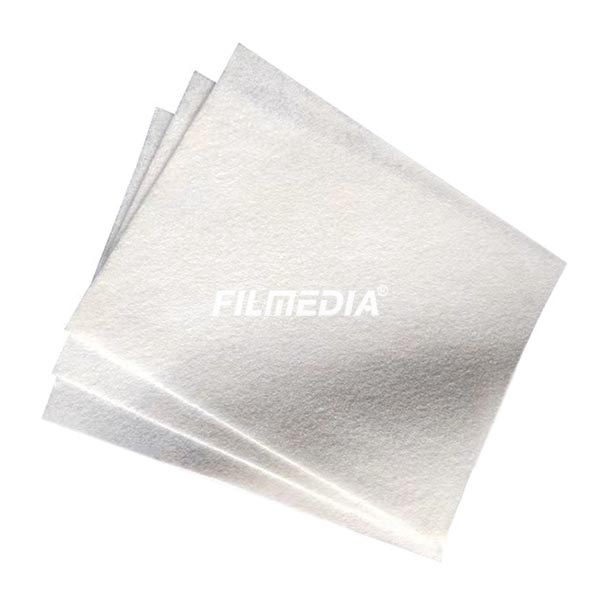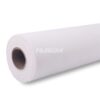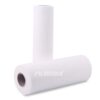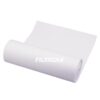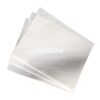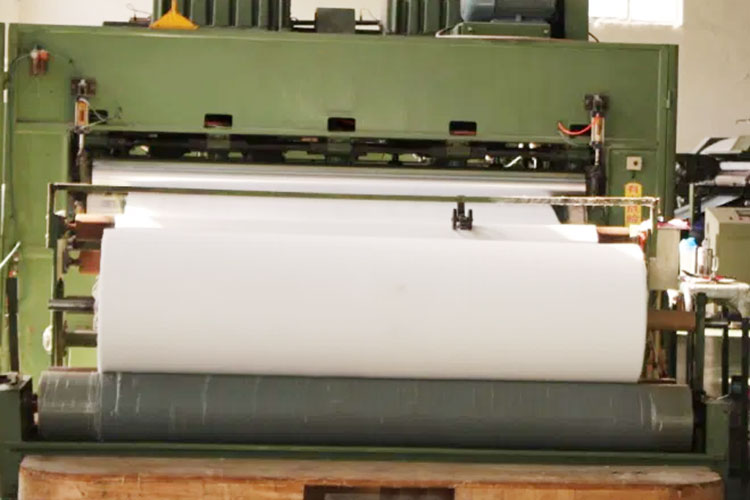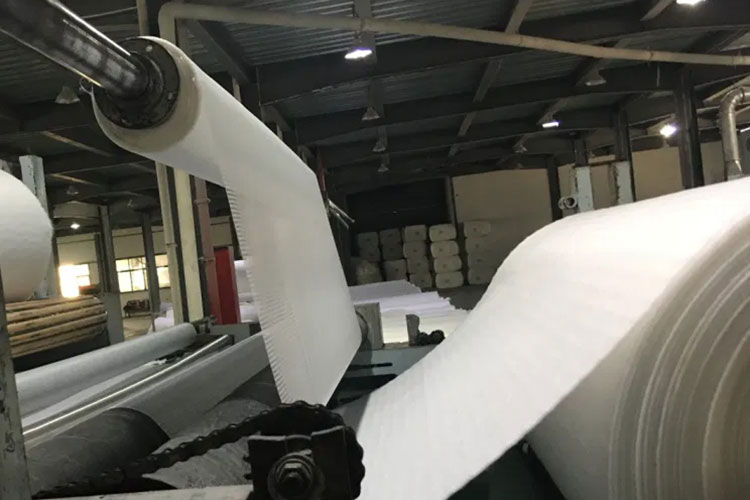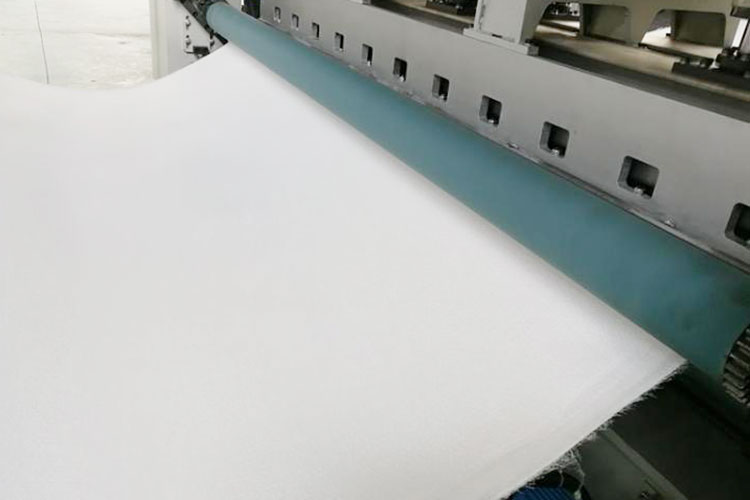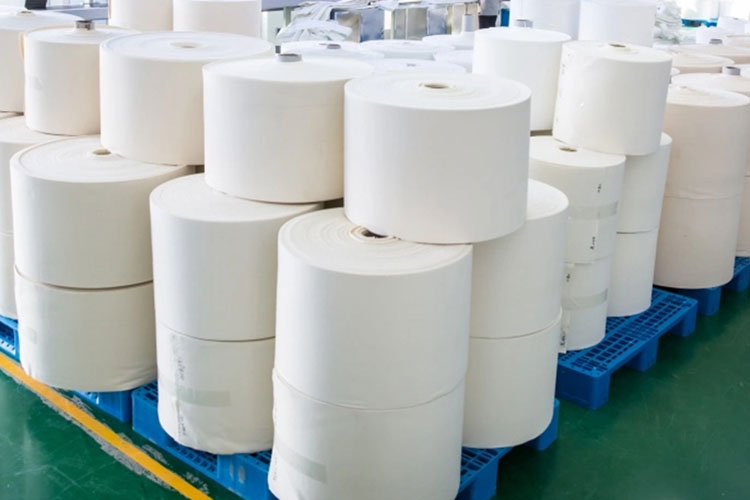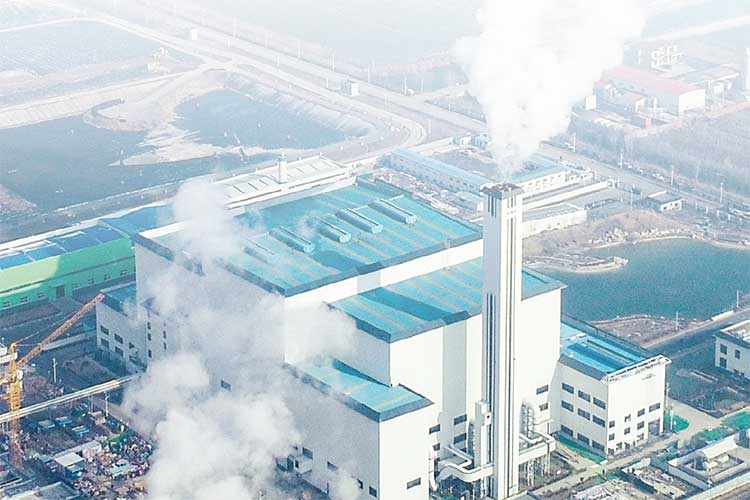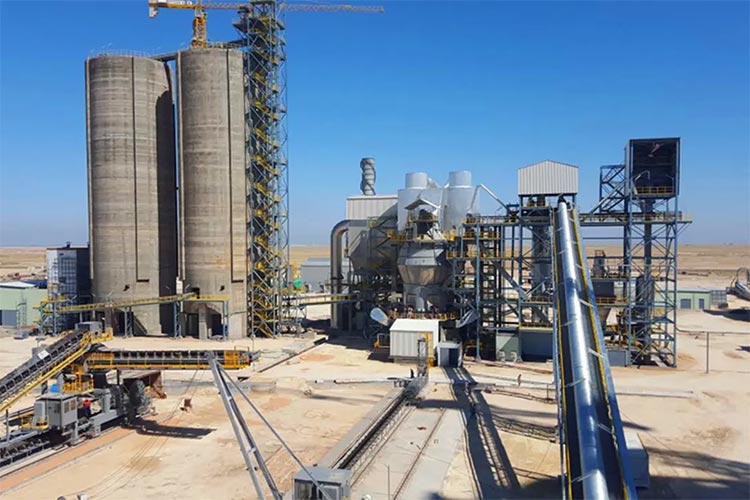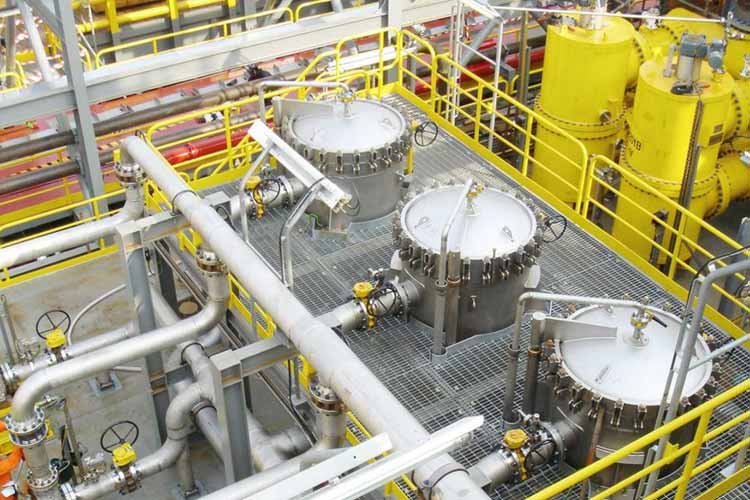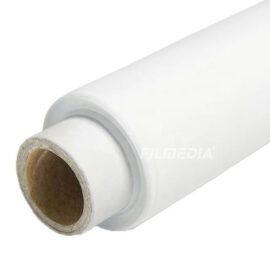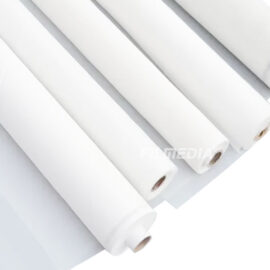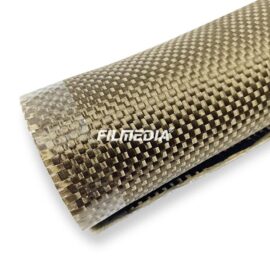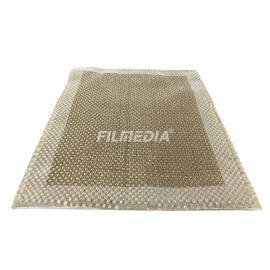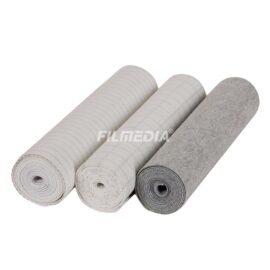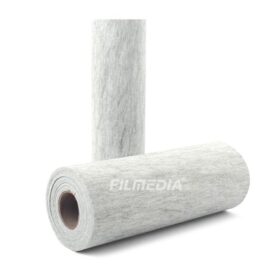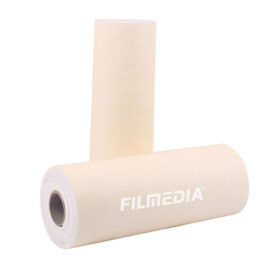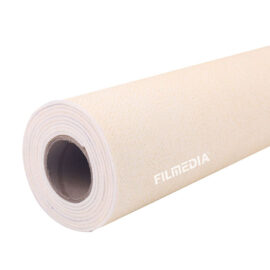PTFE (polytetrafluoroethylene also known as Teflon) needle felt filter cloth is one of the most excellent chemical fiber fabrics and is almost insoluble in all solvents. It is known for its excellent chemical resistance, high temperature resistance and low friction. It is one of the most commonly used materials for making high-temperature resistant industrial filter bags.Be composed of 100% pure PTFE.
- Max Width: 2.2 m.
- Maximum Operating Temperature: 270℃.
- Standard Weight: 750gsm, 800gsm.
- Finish Treatment: Singeing, Calendering, Heat setting.
- Our Capacity: 5000㎡/day.
Learn About PTFE Filter Bags
Description
The Performance of PTFE Needle Felt is Specifically Reflected in:
- Chemical Resistance: PTFE has excellent chemical resistance and can resist the erosion of a variety of corrosive substances such as strong acids, strong alkalis, and solvents.
- High Temperature resistance: PTFE can work in a higher temperature range, usually able to withstand temperatures above 200°C (392°F).
- Low Coefficient of Friction: The surface of PTFE has a very low coefficient of friction, which makes the surface of the filter felt not easy to adhere to pollutants and easy to clean.
- High Filtration Efficiency: Due to the fine nature of PTFE fibers, PTFE needle punched felt can effectively capture fine particles and particulates.
- Long Life: PTFE needle punched felt typically have a long life due to their chemical and temperature resistance.
Blending PTFE Needle Felt Reduces Manufacturing Costs
Blended PTFE filter felt involves combining PTFE fibers with other materials to enhance specific properties while maintaining the core benefits of PTFE, such as chemical resistance and high temperature performance. It can provide advantages such as increased durability, strength or cost-effectiveness. After a clear understanding of your factory environment, we will provide you with the most suitable fabric recommendations. Blended filter felt is more economical, and we have calculated that it can reduce costs by 10% – 30% compared to pure PTFE filter felt.
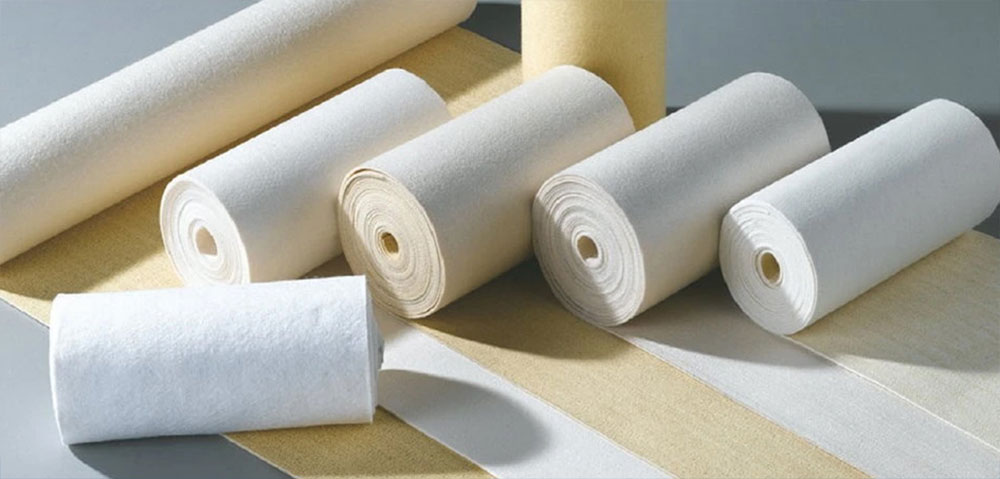
Common Materials Blended with PTFE Needle Felt Include:
- Glass fiber: Adding glass fiber can increase mechanical strength and dimensional stability while maintaining heat resistance.
- PPS (polyphenylene sulfide): Blending PTFE with PPS enhances chemical resistance and temperature stability and is often used in high-performance filtration applications.
- P84 (polyimide): P84 fibers can improve thermal stability and filtration efficiency, especially in hot gas filtration.
Filmedia® – Professional Filter Cloth Manufacturer in China
Our PTFE needle felt is supplied to the global market, including Europe, North America, South America, Africa, Southeast Asia, the Middle East, Japan, South Korea, etc. Our products meet the most stringent quality standards and adopt a confident free sample use policy.
- High-quality high-leveling fine-denier Teflon fiber.
- We have a complete set of filter cloth production lines including the world’s top opening, carding, web-forming machines, needle punching machines, online scanning systems, etc.
- We strictly follow the ISO9001 quality management system for production. The filter cloth must pass various performance indicators such as fiber composition, gram weight, thickness, air permeability, etc. to ensure that the qualified rate of factory products is 100%.
Physical and Chemical Properties
| Physical properties | ||
| Fiber | PTFE fiber | |
| Scrim | PTFE yarn | |
| Weight | g/m² | 750 |
| Thickness | mm | 1.1 |
| Width | m | ≤2.2 |
| Finish treatment | PTFE impregnation, PTFE membrane | |
| Air permeability | l / m2 / S @200pa | 30 ~ 80 |
| Tensile strength | Warp (N/5×20cm) | >800 |
| Weft(N/5×20cm) | >800 | |
| Tensile elongation | Warp (%) | 10 |
| Weft (%) | 15 | |
| Shrinkage (250℃) | Warp (%) | <1 |
| Weft (%) | <1 | |
| Temperature | ||
| Continue temperature | C° | 250 |
| Instant temperature | C° | 280 |
| Chemical Properties | ||
| Anti-acid | Excellent | |
| Anti-alkali | Excellent | |
| Anti-abrasion | Good | |
| Hydrolysis stability | Excellent | |
Post-treatment of PTFE Needle Felt
For PTFE filter felt, we can treat it with different post-processing according to different working conditions. There are mainly the following post-processing treatments:
- Heat Setting: Stabilizes the dimensions of the felt, reducing shrinkage and ensuring consistent thickness and density.
- Calendering: Increases the density and smoothness of the felt, which can enhance filtration efficiency.
- Singeing: Removes surface fibers and fuzz to create a smoother surface, reducing the potential for clogging and improving cake release in filtration applications.
- Coating: Enhances specific properties like chemical resistance, hydrophobicity, or filtration efficiency, such as PTFE (polytetrafluoroethylene) or other chemical-resistant materials.
Applications of PTFE Needle Felt
It is widely used in high temperature flue gas purification, corrosive gas filtration, high temperature liquid filtration and other fields. In these applications, they can effectively capture and filter out solid particles and liquid droplets in the air, protecting the environment and equipment from pollution and corrosion. Such as:
- Dust collection in incinerators.
- Chemical filtration systems.
- Flue gas desulfurization in power plants.
- Harsh industrial environments involving corrosive gases or liquids.

